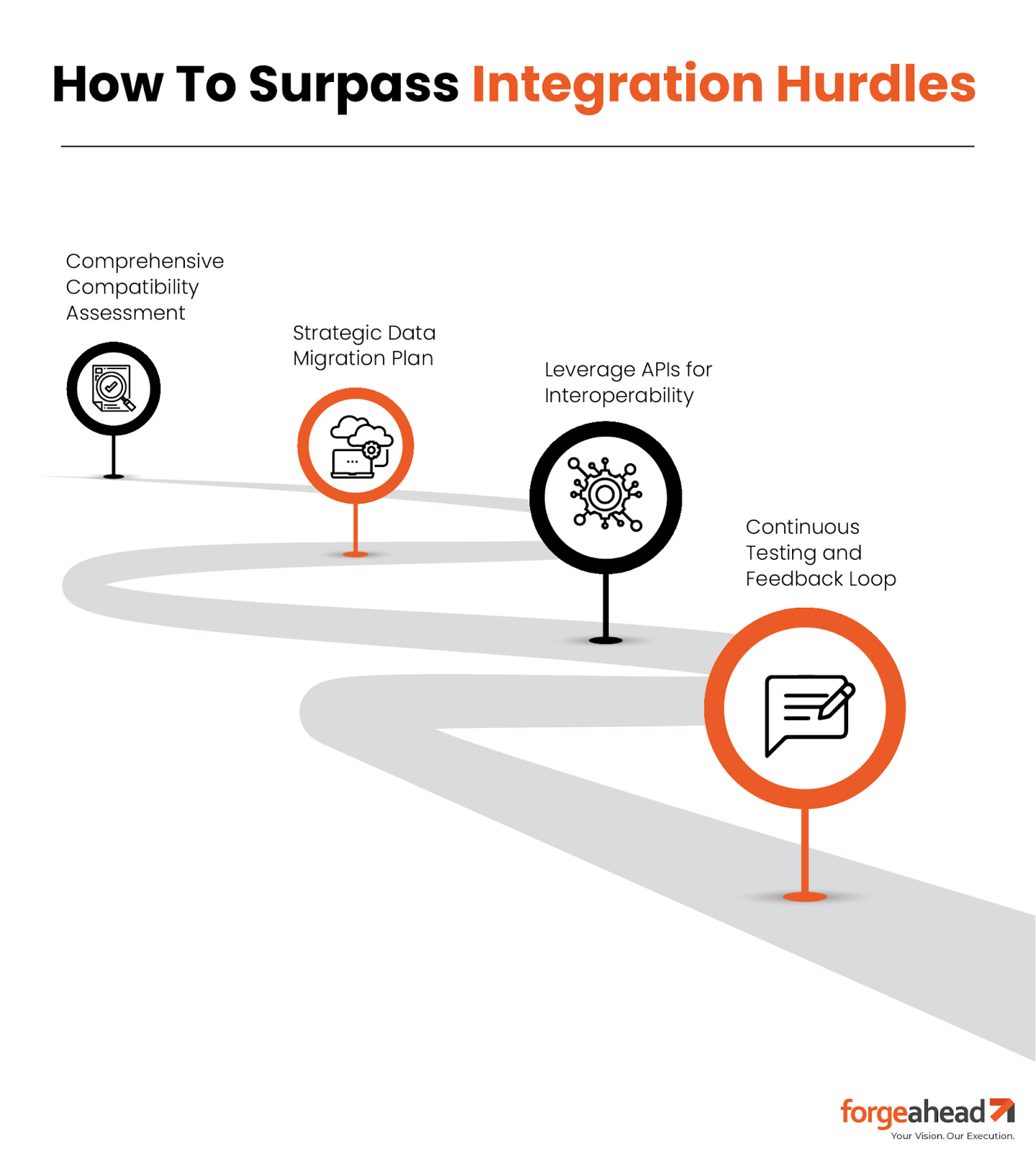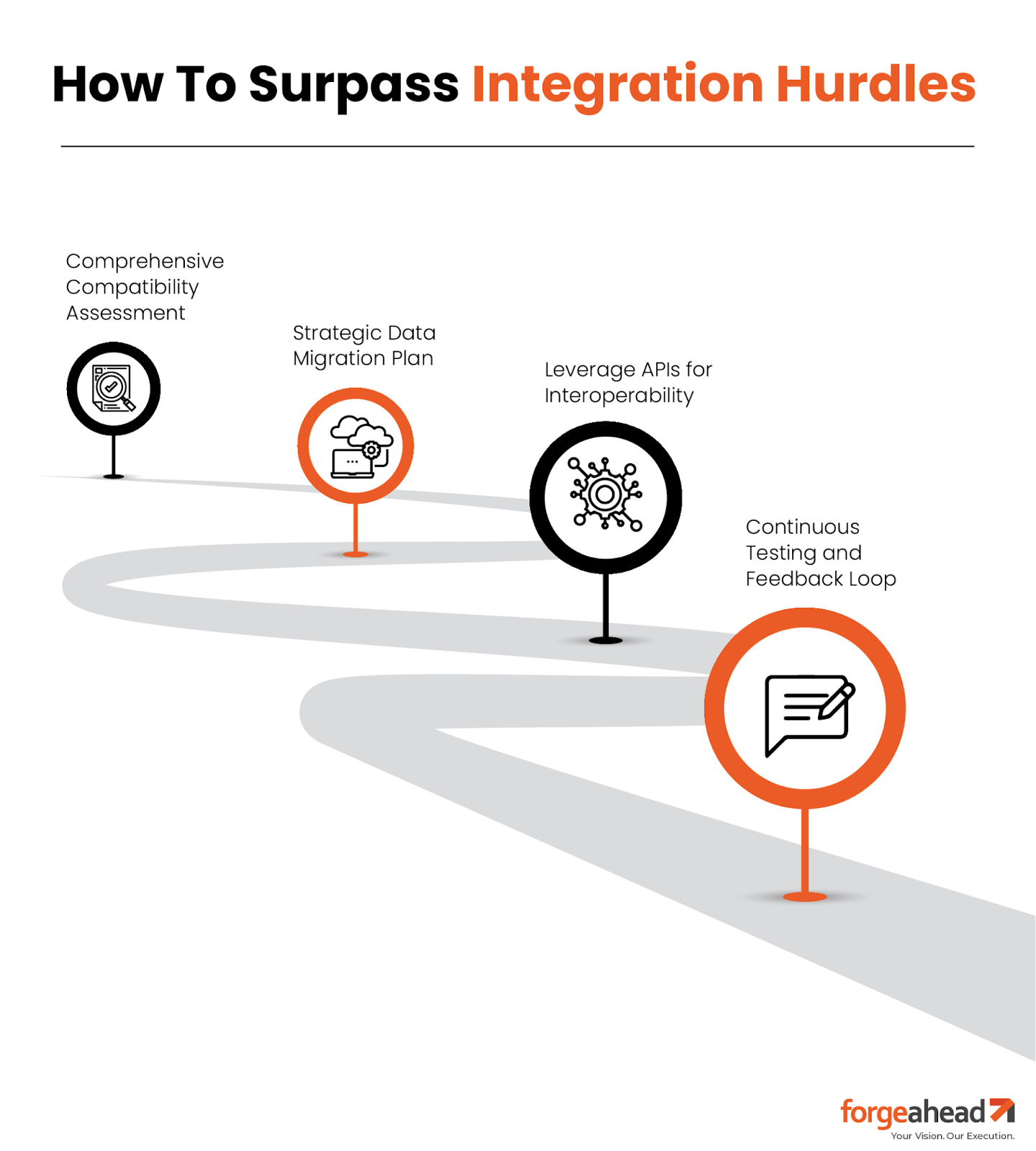Software solutions that perfectly fit your business needs can unlock doors to growth and efficiency, marking the dawn of the Vertical SaaS era.
This emerging trend is reshaping the tech landscape, shifting from the widespread appeal of traditional horizontal SaaS solutions to the targeted precision of specialized, industry-specific platforms.
The move towards niche-focused software aligns with the evolving digital ecosystem’s needs, spotlighting the demand for tools that address not just general business challenges but also the unique demands of each industry.
This blog takes you through the world of Vertical SaaS, explaining its core, its benefits, and how to effectively select and leverage these platforms. We aim to arm you with the insights needed to navigate this crucial shift, ensuring your organization is well-placed at the vanguard of industry innovation.
Understanding Vertical SaaS
What Is Vertical SaaS?
Imagine software as a finely tailored suit, designed to fit every curve and corner of your industry’s needs—that’s Vertical SaaS for you.
Diverging from the one-size-fits-all approach of horizontal SaaS, which offers broad solutions across multiple industries, Vertical SaaS zeroes in on the specific challenges and opportunities within particular sectors.
Whether it’s healthcare, finance, or retail, Vertical SaaS platforms are custom-built to serve the unique ecosystem of each industry, providing tools and functionalities that are as precise as they are relevant.
Horizontal vs Vertical
| Feature | Horizontal SaaS | Vertical SaaS |
| Functionality | Broad and general, designed to serve a wide range of industries. | Tailored and industry-specific, equipped with features that cater to specific sector needs. |
| Customization | Often requires extensive customizations to meet industry-specific needs. | Minimal customization needed; solutions are pre-designed for industry-specific requirements. |
| Market Focus | Targets multiple industries, offering a one-size-fits-all solution. | Deep focus on a single industry, providing unparalleled depth of service and expertise. |
| Integration | May require complex integration efforts to fit into an industry-specific tech stack. | Smoother integration with other tools and systems commonly used within the industry, thanks to industry-specific designs. |
| Industry Expertise | Generally lacks in-depth knowledge of specific industries due to its broad focus. | Providers are often industry experts, offering more relevant updates, deeper insights, and a thorough understanding of sectoral regulatory challenges. |
| Regulatory Compliance | Compliance features are broad and not tailored to specific industries, potentially requiring additional tools or customizations. | Compliance and security features are often built-in and tailored to industry standards, reducing the need for additional solutions. |
| Growth & Scalability | Scalability may not align perfectly with industry-specific growth patterns or challenges. | Designed to support industry-specific growth patterns ensuring scalability that aligns with business expansion. |
Blending Vertical SaaS with Existing Systems
Tackling Integration Hurdles Head-On
Integrating Vertical SaaS solutions into an existing IT infrastructure can feel like trying to fit a square peg into a round hole. The challenges range from ensuring compatibility between new and legacy systems to managing data migration without disrupting day-to-day operations.
There’s also the task of achieving system interoperability, where different applications and services communicate and work together seamlessly—a vital component for a harmonious IT ecosystem.
Mapping the Path to Integration Success
Despite the hurdles, a strategic approach can turn these challenges into manageable tasks. Here’s how we can overcome vertical Saas integration challenges:
- Comprehensive Compatibility Assessment: Begin with a thorough evaluation of your current IT infrastructure and the Vertical SaaS solution. This step helps identify potential compatibility issues and areas needing adjustments, ensuring a smoother integration process
- Strategic Data Migration Plan: Data is the lifeblood of any organization. Develop a detailed plan for migrating data to the new system, prioritizing accuracy and minimal downtime. Consider using tools or services that specialize in data migration to facilitate a secure and efficient transfer
- Leverage APIs for Interoperability: Application Programming Interfaces (APIs) are the bridge that connects disparate systems, enabling them to communicate effectively. Opt for Vertical SaaS solutions that offer robust APIs, allowing for easier integration with existing tools and software, thereby enhancing overall system interoperability
- Continuous Testing and Feedback Loop: Integration is not a one-off task but an ongoing process. Implement continuous testing throughout the integration phase, allowing for the identification and resolution of issues as they arise. This approach, coupled with regular feedback from users, ensures the new system aligns with operational needs and performs as expected
Customization and Scalability: The Twin Pillars of Vertical SaaS Success
Crafting Your Perfect Fit
Vertical SaaS platforms shine by offering the golden key to customization. Like a bespoke suit tailored to fit every contour, these platforms allow businesses to tweak and tune their features to align precisely with industry-specific needs.
This customization extends beyond mere aesthetics; it delves into the core functionalities that drive business processes, enabling companies to sculpt the software into an extension of their operations.
Scaling New Heights Effortlessly
Growth is the hallmark of success, but with it comes the challenge of scaling your operations. Herein lies the brilliance of Vertical SaaS: scalability is woven into its DNA.
These platforms are designed not just for the business of today but for the expanding enterprise of tomorrow.
They adapt as you grow, accommodating increased workloads, users, and data without skipping a beat. This scalability ensures that as your business evolves, your Vertical SaaS solution seamlessly grows with you, supporting your journey through every new milestone without the need for costly overhauls or migrations.
Selecting Your Vertical SaaS: A Guide to Making the Right Choice
Finding the Ideal Provider
Not all Vertical SaaS vendors are created equal. Choosing the perfect partner means looking for those who deeply understand your industry’s specific landscape and have a track record of delivering results.
Consider these key factors:
- Industry Expertise: Seek vendors with a deep understanding of your sector’s unique challenges and needs. Their history of tailored solutions speaks volumes
- Reliability and Uptime: Your operations depend on their stability. Opt for vendors with a sterling track record of reliability and minimal downtime
- Exemplary Customer Support: In the digital age, responsive and insightful customer support is your lifeline. Ensure your vendor stands ready to assist when you need it most
Data Security and Compliance in Vertical SaaS
Upholding the Fort of Data Security
Vertical SaaS platforms are designed with security at their core, employing cutting-edge encryption, secure data storage, and rigorous access controls to safeguard your information against cyber threats.
This proactive fortress of data protection ensures that your most valuable asset—your data—remains shielded under the watchful eyes of advanced security measures.
Navigating the Maze of Regulatory Compliance
The path to compliance in the cloud can be as complex as it is critical.
Vertical SaaS solutions emerge as your guide through this labyrinth, tailored to meet the specific regulatory requirements of your industry. Whether it’s GDPR for privacy, HIPAA for healthcare, or PCI DSS for payment security, these platforms come prepared, often equipped with built-in compliance frameworks.
By aligning with a Vertical SaaS provider that prioritizes compliance as much as you do, you lay down a foundation of trust and integrity, ensuring your operations not only soar but also adhere to the highest standards of regulatory responsibility.
Seizing the Vertical SaaS Advantage
The journey through the world of Vertical SaaS underscores its transformative potential, offering a prism through which businesses can view and harness technology tailored precisely to their industry’s contours.
This evolution from generic, horizontal platforms to highly specialized, vertical solutions marks a pivotal shift towards more strategic, efficient, and effective use of SaaS technology.
Embracing Vertical SaaS isn’t just about keeping pace with technological advancements—it’s about leveraging these innovations to catapult your business operations into new realms of growth and success.
Forgeahead specializes in identifying and deploying the right vertical solutions that align with your unique business goals and industry challenges. Our expertise ensures that your journey into Vertical SaaS is guided, strategic, and tailored to unlock the full potential of your operations.
Let the insights shared here inspire you to delve deeper into the Vertical SaaS landscape, unlocking unparalleled opportunities for your organization in the process.
FAQ
What is the difference between vertical and horizontal SaaS?
Vertical SaaS refers to software solutions designed for specific industries, focusing on niche functionalities that cater to particular business needs. In contrast, horizontal SaaS offers broad applications used across multiple industries, such as email marketing or accounting software, without specialization.
Why is vertical SaaS important?
Vertical SaaS is crucial for businesses seeking tailored solutions that address the unique challenges of their industry. It offers customization, improved regulatory compliance, and competitive advantages by providing features that are highly relevant to specific operational requirements.
How does Vertical SaaS enhance data security?
Vertical SaaS platforms often include built-in security measures and compliance protocols tailored to industry standards, offering a higher level of data protection and regulatory adherence than their horizontal counterparts.
Can Vertical SaaS solutions scale with my business?
Yes, one of the key strengths of Vertical SaaS is its ability to scale. These solutions are designed with industry growth patterns in mind, allowing them to adapt to your business’s expanding needs without compromising performance.
How do I choose the right Vertical SaaS provider?
Selecting the right provider involves evaluating their industry expertise, customer support quality, customization capabilities, scalability, and commitment to data security and compliance. Look for vendors with a proven track record in your sector and those that align with your strategic goals.





